DJI Ends Sync Flight Data Function in the US
Welcome to Weekly UAS News Update. We have six stories for you this week. I know that’s going to be a long one. DJI end sync, that’s a big one. AVSS parachute for the Mavic 3 Enterprise. There’s a GAO report on Remote ID. Also, the University of Michigan is getting sued for airspace rules. We have DJI Air 4 leaks and then, lastly, Public Safety agencies that respond to Stefanik’s proposed bill. Let’s get to it.
DJI Ends Sync Flight Data
First up this week, let’s talk about a pretty big story that happened at the end of last week after we published the news update already. DJI has decided to end their Sync flight data function as of this week. As we are recording, today is actually the first day that it’s supposed to happen, and the function is being terminated. Now, if you’re not familiar with this, this feature allows flight records to be synced to the DJI cloud and then imported into other apps such as AirData, Aloft Air Control, and then a bunch of other ones.
AirData and Air Control have already posted information on workarounds, with AirData utilizing their own app to sync the data from the drone, and then Aloft allowing you to use manual uploads of your flight logs. This move by DJI is only applicable in the United States, and as such, it’s likely that it is a response to the repeated accusations that the data is made available to the Chinese government. With the end of this program, lawmakers are now going to have to find new excuses to try to ban DJI. I’m going to get you, I don’t know how, but I’m going to get… For more information, check out the links below, but this is kind of a big deal.

AVSS Releases Parachute System for DJI Mavic 3 Enterprise
Next up, AVSS has released a parachute system for the DJI Mavic 3 Enterprise and Mavic 3 Thermal. The parachute is ASTM compliant F 3322-18 and then the press release says that there’s a Category 2 compliant version that is in the works, which is also a big deal. This could be the first DJI drone that would be categorized under AVSS’s new FAA approval with their Means of Compliance (MoC).
We talked about this a while back. The lightweight PRSM3E, which is the code for the drone, comes under 130 grams and then it also reduces the impact of a falling drone below 11 foot-pounds of kinetic energy. This is the limit that is needed for the Category 2 approval eventually. Buying this parachute, by the way, doesn’t mean that your drone is a categorized drone just yet. They still have to get the DoCC approval from the FAA, but this parachute would qualify for getting the special approval that the FAA has released recently via the waiver program. So this would be one of the approved parachutes.
If you want to learn more about AVSS and the parachute system, we actually had a great discussion on the PIXL Drone Show with their CEO Josh Ogden. He kind of talks about the whole process of getting a parachute approved and what it takes, and it’s just a really good discussion. We’ll put a link down in the description. We’ll keep you updated on when this hits the DoD list and we finally have a DJI drone approved as a categorized drone.
GAO Publishes Report on Remote ID Implementation
Next up, the Government Accountability Office (GAO) has published a report this week about the implementation of Remote ID. I know you probably thought Remote ID was done and we weren’t going to talk about this again, and I really hoped that was going to be the case, but it’s not.
The GAO found out that while Remote ID is not mandatory, the FAA has not spent time educating law enforcement agencies on the actual technology, with many departments reporting that they knew nothing about Remote ID. The study also looked at law enforcement access to Remote ID information and aircraft registration, and the GAO noted that there’s currently not an interface that allows law enforcement to access registration information.
Now, if you remember when we talked about Remote ID in the past, this was one of the on-paper ways Remote ID was going to get implemented – law enforcement was going to have access to the data after the FAA verified that it was okay for them to have it. At the moment, that doesn’t exist. So really, the FAA are the only ones that have access to the Remote ID information, and that’s it.
The report also mentions network Remote ID technology as a necessary solution to help law enforcement to, and I quote, “access real-time information needed to track and investigate unauthorized drone activity.” The report also stated that stakeholders representing a commercial drone group said that there is a general lack of willingness by industry to develop network-based Remote ID.
The GAO issued three recommendations to the FAA:
- Develop resources to assist state, tribal, and local law enforcement to use Remote ID
- Develop a plan and a timeline for Remote ID interface
- Identify a path forward for how to provide real-time network data about the location and status of drones
Note that network Remote ID is actually a topic of discussion in the new FAA Reauthorization Act. We’ll keep you updated if we see more about this, but I have a lot of doubts about network Remote ID and its utilization. I personally think that for 99% of users out there, network Remote ID is not going to be a necessity. It’s going to be an additional burden that we definitely don’t need to have right now. If they want to make network Remote ID required for commercial operators such as drone delivery and things that are going to be flying autonomously, then maybe. But for the majority of drone operators like you that are watching, it’s going to be something completely unusable.
Lawsuit Against University of Michigan for Airspace Rules
Fourth up, we have a lawsuit from the Michigan Coalition of Drone Operators against the University of Michigan. The lawsuit claims that the university has rules attempting to govern airspace above the campus and that these rules violate state and federal laws. It’s unclear if anyone has been cited or arrested for breaking these rules, but in a somewhat related case, a Michigan couple sued their township for flying a drone over their house without permission.
There were other issues with that case, but the Michigan Supreme Court ruled against the couple, citing that the FAA has sole jurisdiction of the airspace. We’ll have to wait and see how this one plays out, but good on the Michigan Coalition for fighting for drone operators and their unencumbered access to the airspace. Hopefully this sends a message to other organizations that are trying to legally restrict airspace access, which sadly a lot of universities are in this bag.
We get emails on a regular basis from people sending us rules from universities saying that drones cannot be flying in the airspace above the universities, and that’s not something they are able to control, neither is anybody else. So I think this is an important lawsuit – quite frankly, this needs to happen to more cities that are putting these rules in place as well, and hopefully we see more people and more coalitions like these taking this on.
DJI Air 4 Leaks
Next up on this long news update are some DJI leaks by Jasper Ellens. He’s one of the more popular leakers that’s actually leaked a lot of correct information. There is some speculation now after he posted some pictures about a possible DJI Air 3S or an DJI Air 4. We don’t really know the name of it. You can see the images here, which were posted on X. It appears to be an Air model with two different cameras.
The resolution of the pictures is poor – this is kind of like UFO sighting. We have all these cameras that are amazing but we always get pixelated information. But the aircraft looks to be largely the same as an Air 3. Speculations include a possible release date of August 1st, but I think it’s still too early for that. So if that’s the case, we’ll let you know if we hear more information about those leaks.
Public Safety Agencies Oppose Proposed Drone Ban Bills
Lastly, three First Responder associations have joined hands and published opposition to the DFR Act and the Countering CCP Drone Act. Drone Responders, the Law Enforcement Drone Association (LEDA), and then the Airborne Public Safety Association (APSA) have issued a joint press release in opposition to Representative Stefanik’s proposal.
The joint press release represents over 6,000 Public Safety agencies – I’m going to say that again, 6,000 Public Safety agencies – and states that a ban would dismantle 90% of Public Safety drone programs. That’s 90%. The press release also states that a law should be put in place to prohibit bad behavior with the technology instead of proposing a ban of a particular platform.
We’re glad to see that this coalition of Public Safety drone users is standing up against these bills along with hundreds of UAS companies nationwide. If you don’t believe me, just go online, go on X, on Stefanik’s post, and see the opposition there. Go on LinkedIn and see the people that are talking about this. There is a very small minority that are pro this ban, and the majority of people are against it.
This also includes a coalition of drone operators that represent 80% of spray drones – these are agricultural drones. They made a very insightful presentation on the impact of Stefanik’s proposal on the agriculture sector. We’ll put a link down in the description if you want to see the whole webinar, but I highly recommend it. These people are talking about how this would affect farmers and other people that are using drones.
So, Congresswoman Stefanik, I think it’s time to start listening to the people that you claim to be representing and claim to be protecting, whether they’re Public Safety agencies – 6,000 of them, keep that in the back of your mind – farmers, ranchers, and of course many others in the industry.
Speaking of the CCP Drone Act and its possible addition to the House Armed Services Committee, which was mentioned last week in our news update, the meeting happened two weeks ago from the time you’re going to watch this, and it may be actually weeks or months before we can even find out if the language was included or not. None of this is made public, unfortunately, so we’ll have to find insiders that can give us that data. We’ll certainly keep you updated when that happens, but if you’re asking if it went through, we don’t know just yet. So we’ll let you know when that happens or if it doesn’t happen. Hopefully, that’s it.
Wrap-up
I know this was a long one. Thanks for staying all the way until the end. You have a great week. We’ll see you on Monday night for the live, and if not, we’ll also see you on Friday in the community. Alright, see you then!
Discover more from DroneXL
Subscribe to get the latest posts to your email.
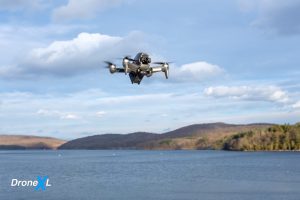
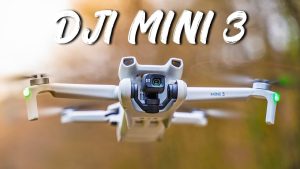






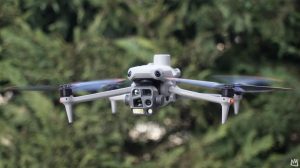
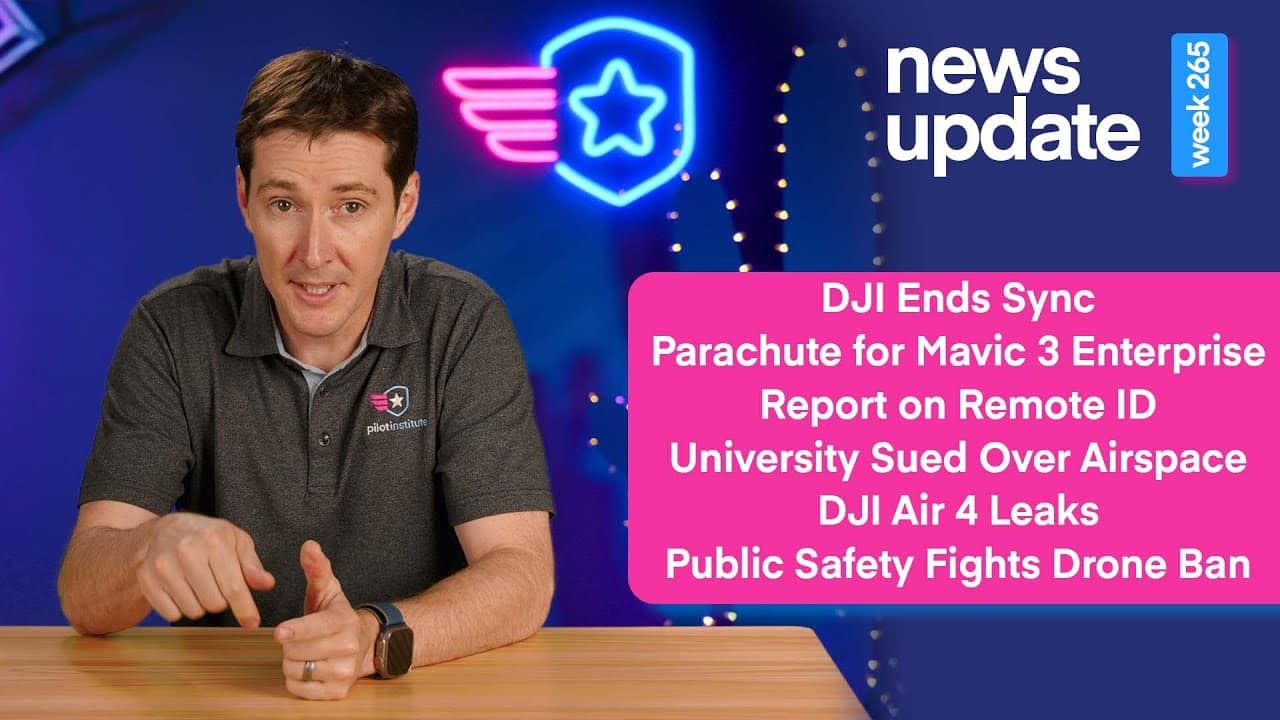

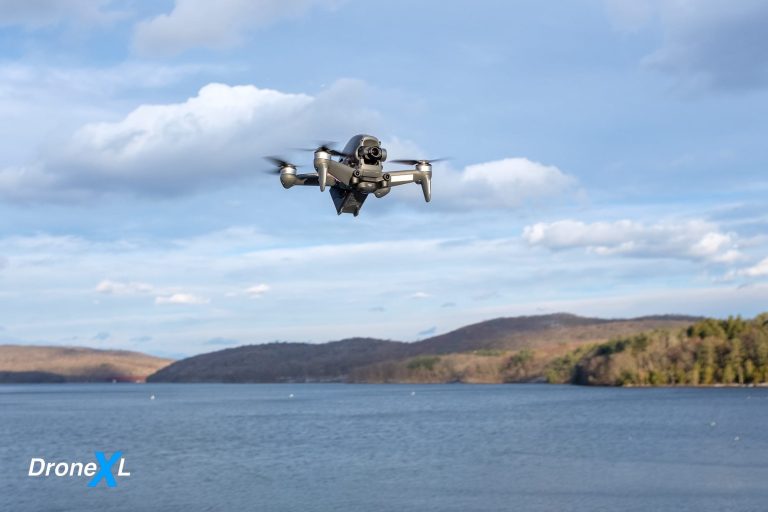
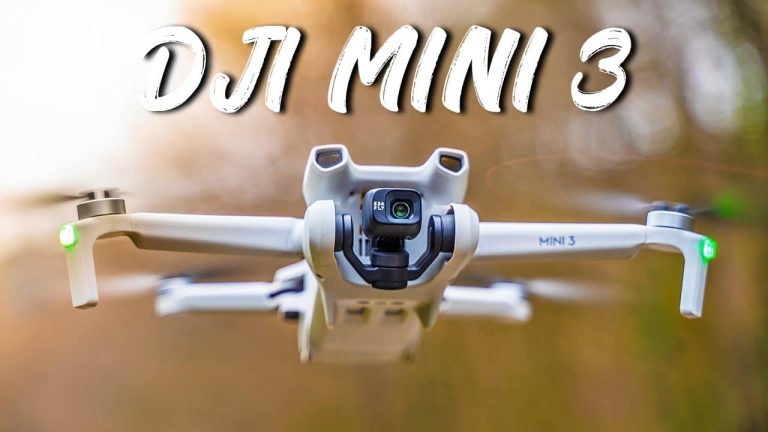

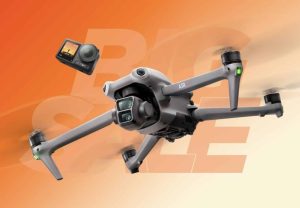
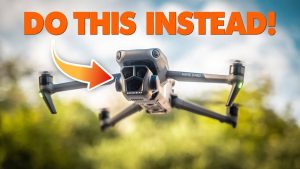
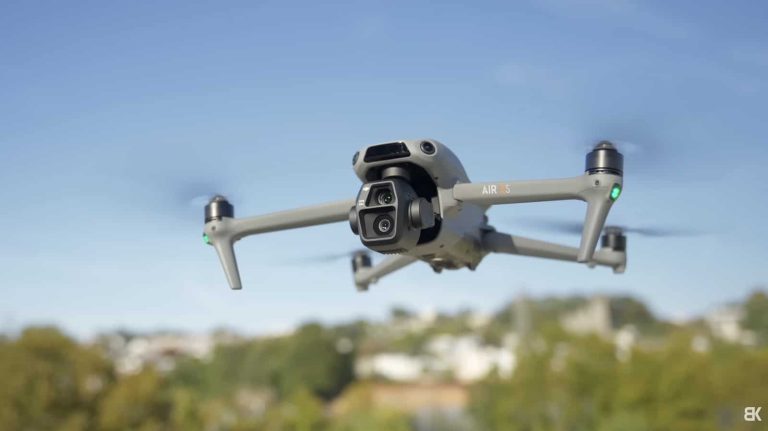
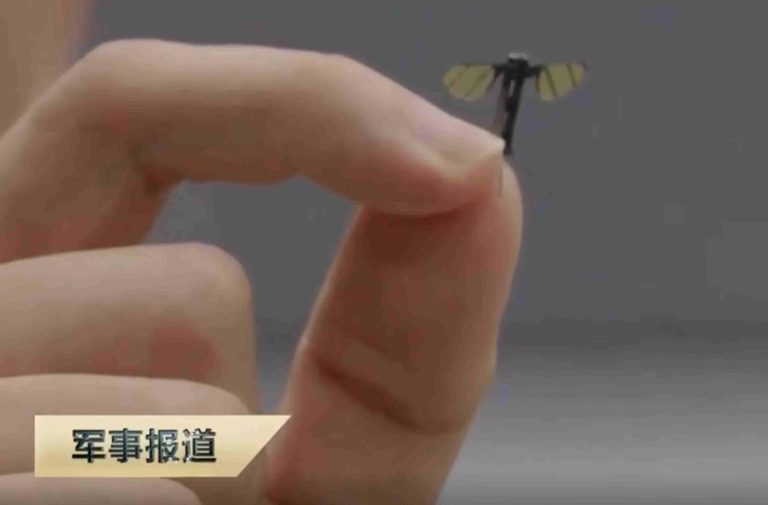
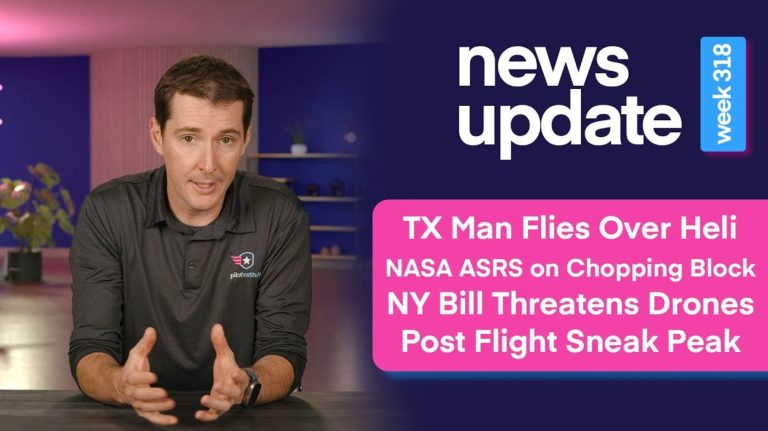
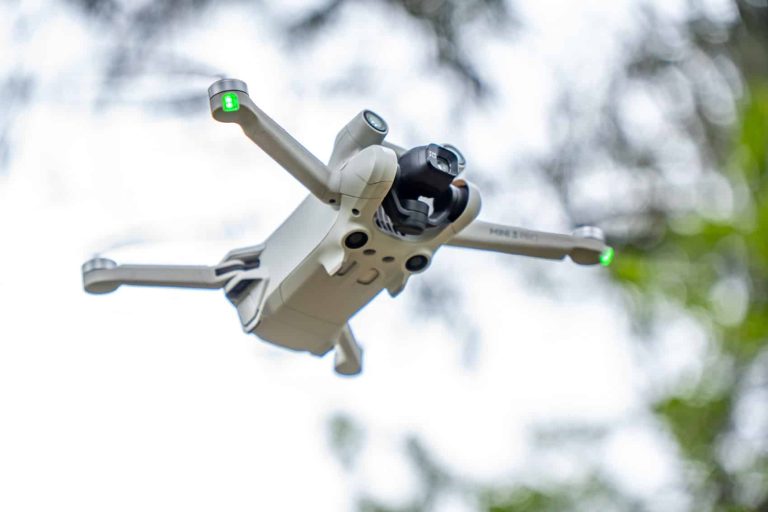
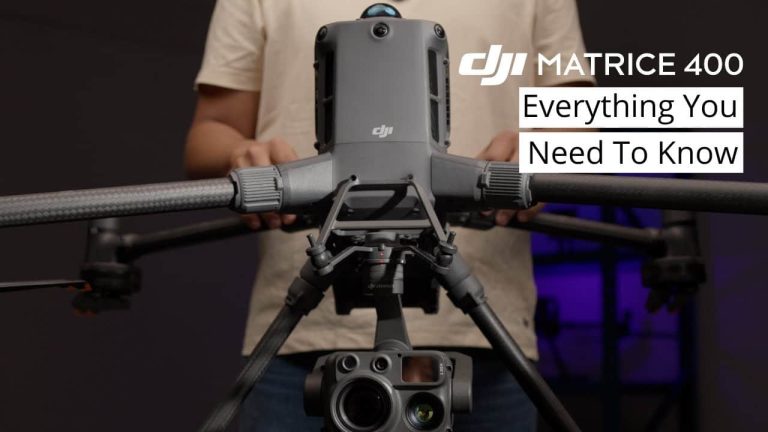
+ There are no comments
Add yours